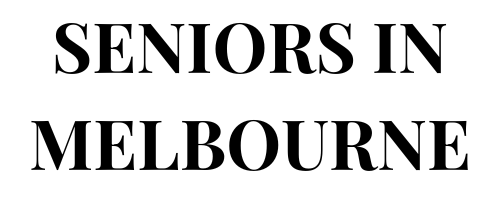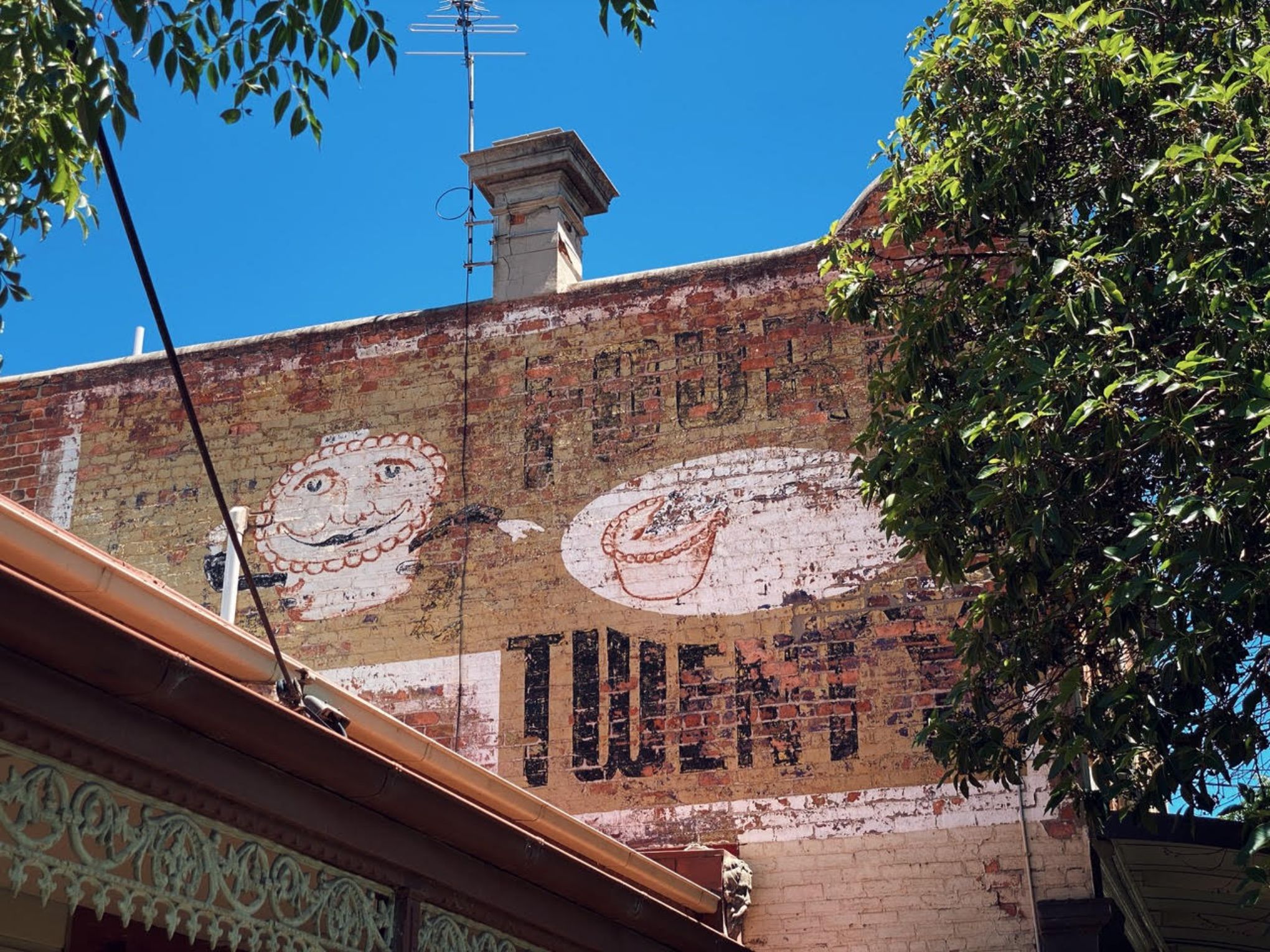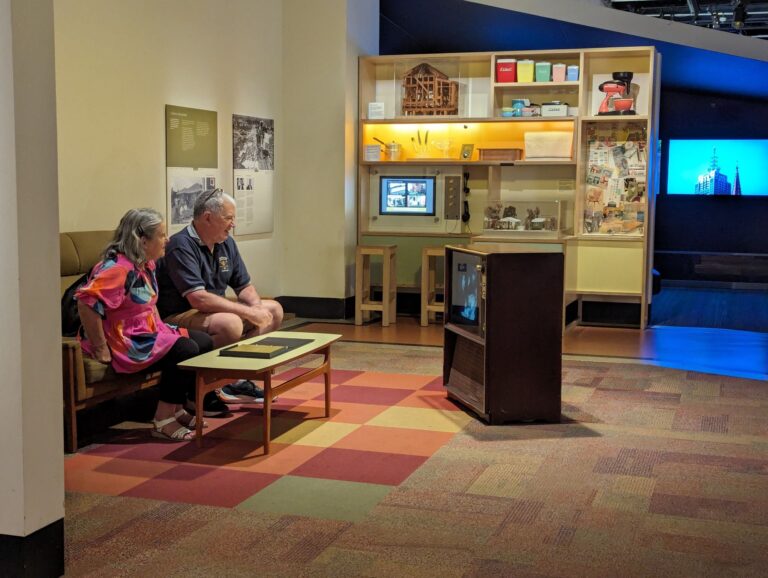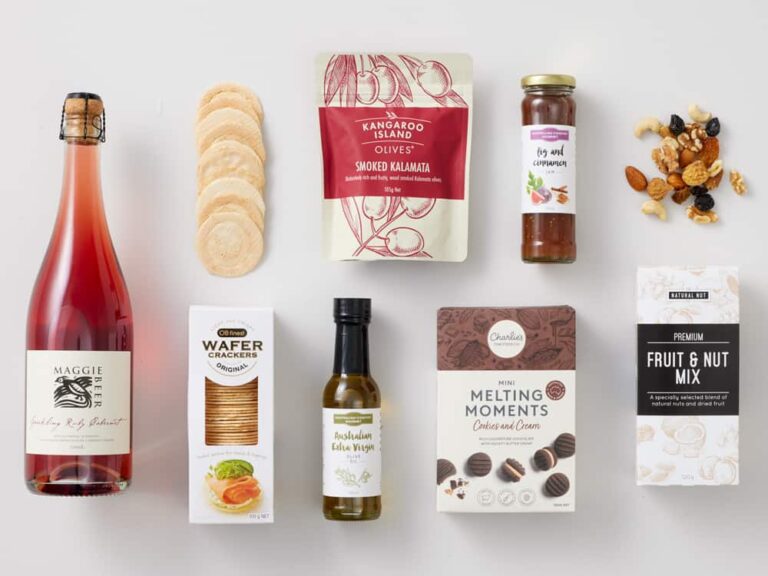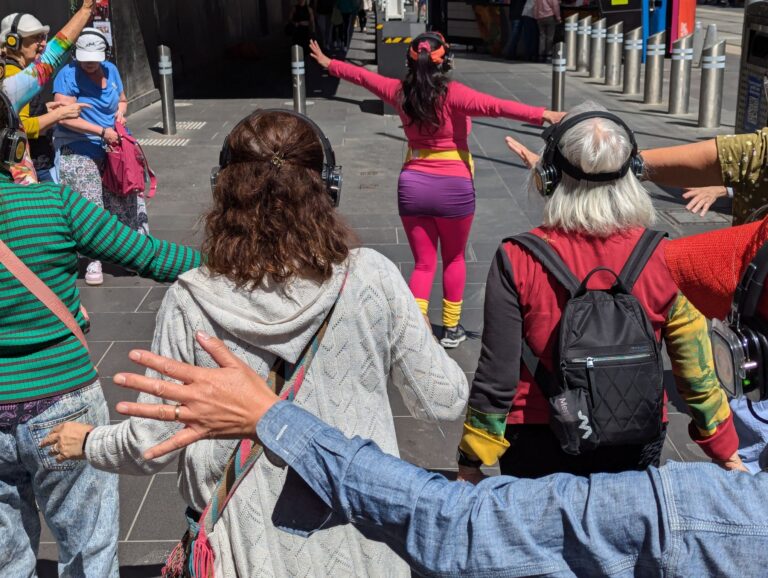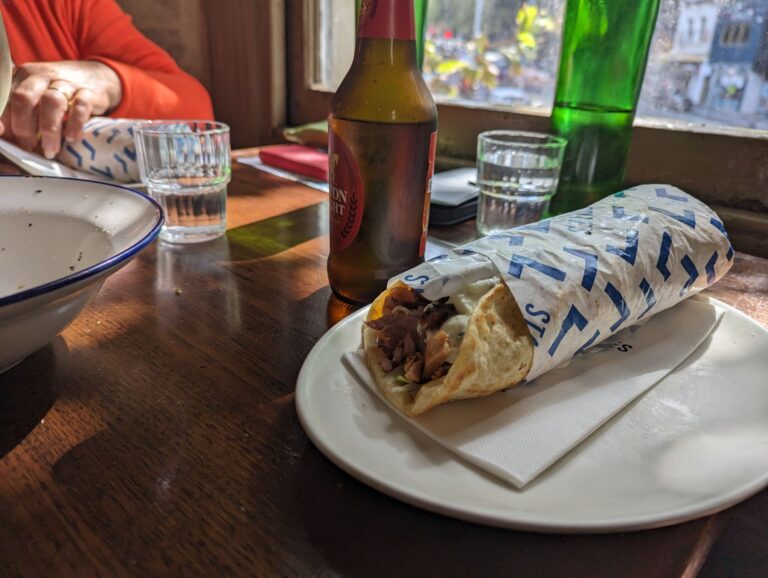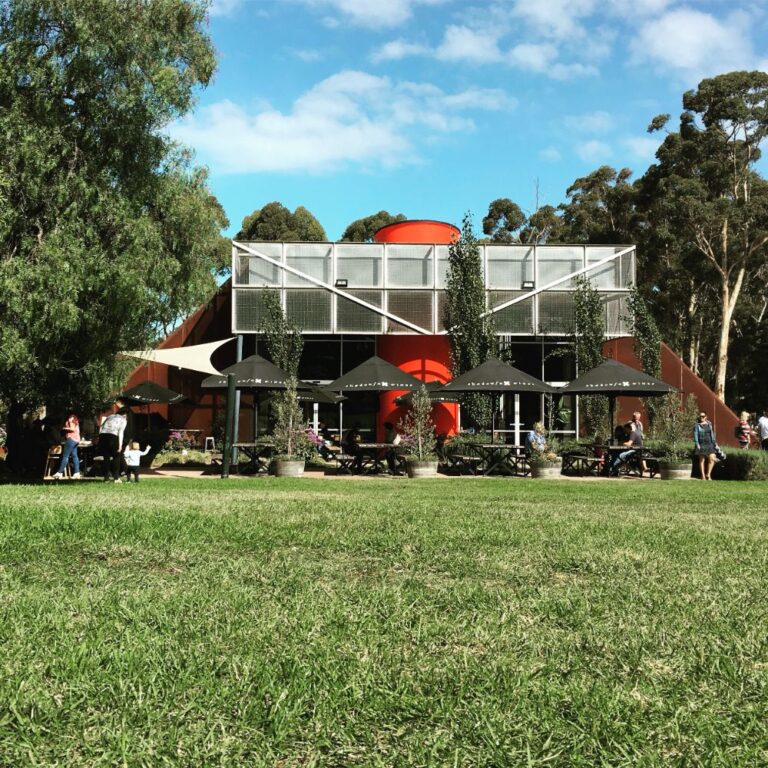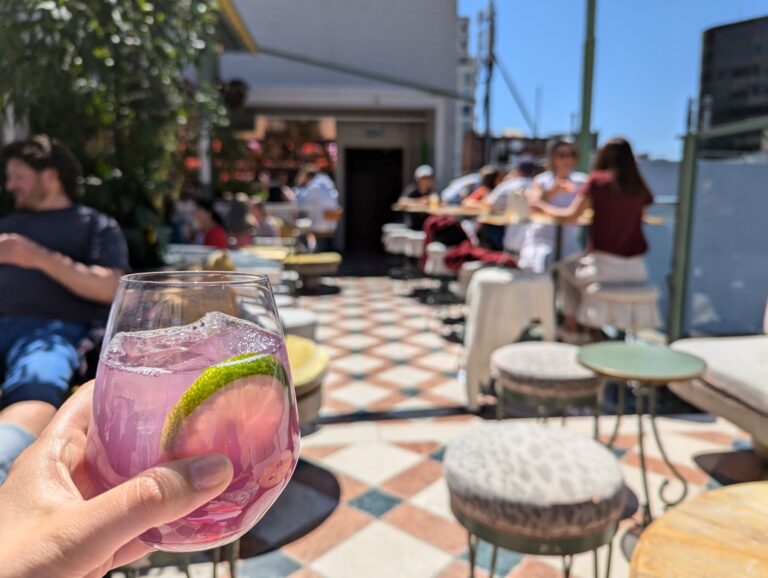Melbourne Ghost Signs: Discovering Hidden Stories on Our Streets
Old Melbourne: Every sign tells a story
Sean Reynolds was a long way from home when the Covid virus hit. Born in Illinois, Indiana, he was living in 2020 in Seddon in Melbourne’s inner west with his partner and six-year-old daughter, Quinn. With international borders closed, Sean was forced to work from home and suddenly found his world had shrunk to a limited neighbourhood zone.
He started walking these local streets with his Quinn. As they walked they started to uncover rich stories of their local predecessors through the faint images painted on the sides and fronts of old buildings. These were the ‘ghost signs’ or advertisements from times past. Little did they realise that their daily adventures would result in a stunning coffee table book which captures images and names from a fast disappearing Melbourne.
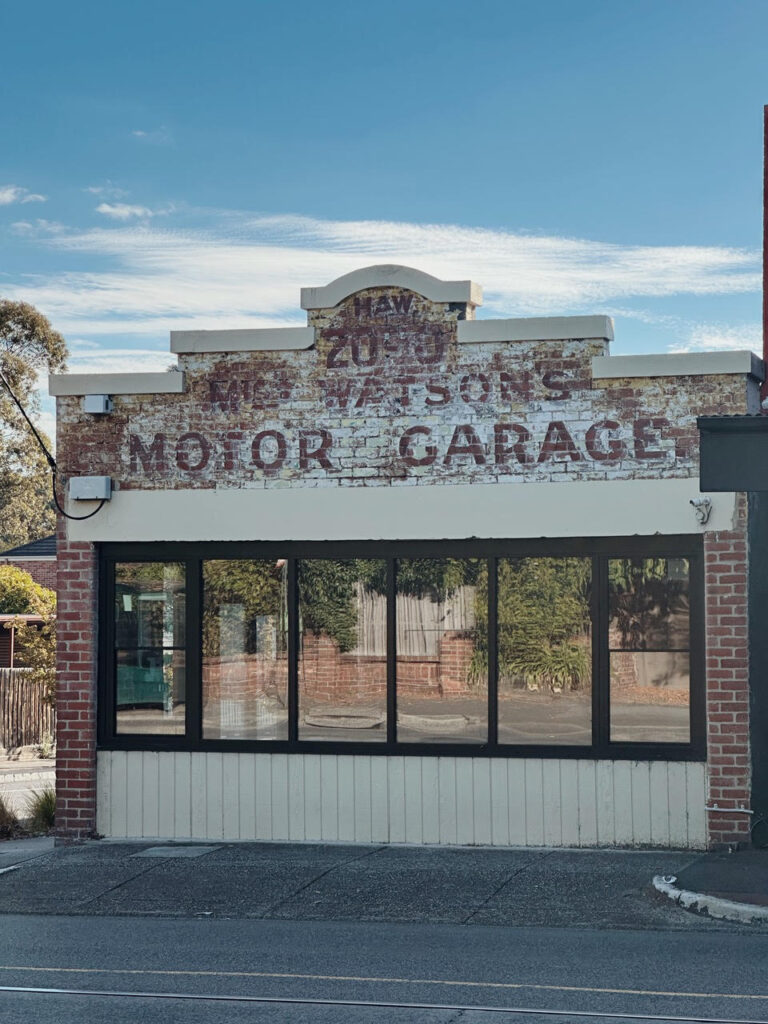
Sean Reynolds: Author, Historian, Cultural Archaeologist
I meet Sean in the Nicolas Building on Collins St. Built in 1926, it’s one of Sean’s favourite examples of Melbourne’s architectural heritage. It’s here he shares his journey as an author and historian.
A Nod to Nick Gadd’s Melbourne Circle
But first, a caveat. Sean’s book and Instagram page were not my first acquaintance with the chronicling of Melbourne’s many ghost signs. Back in 2021 I bought a book by Yarraville resident, Nick Gadd, called Melbourne Circle: Walking, memory and loss. It’s a beautiful reminiscence of the walks throughout Melbourne suburbs that Nick enjoyed with his wife, Lynne.
Reading this book enlightened me about much of the history of my hometown. But it also broke my heart, as it’s essentially a memoir to Lynne who passed away before the book was published. I plan to write more on Nick’s book later but feel it’s important to acknowledge up front the work he has done in highlighting ghost signs.
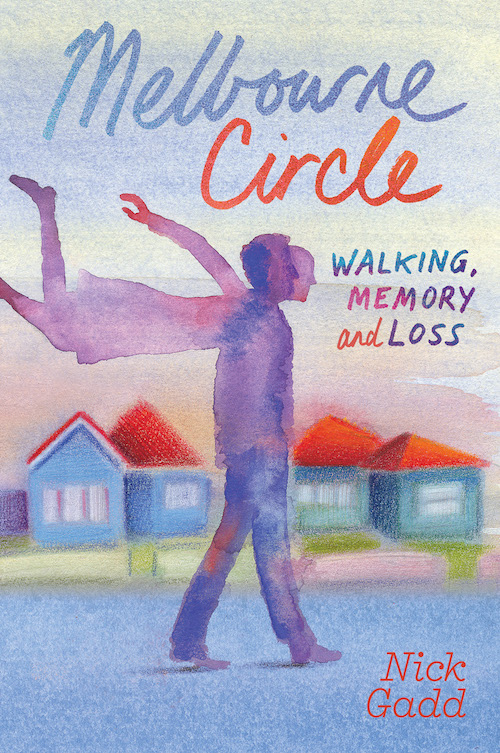
Digging Into the Past, One Sign at a Time
Back to Sean. His book, Melbourne Ghost Signs, is a fabulous treasure trove of images of old Melbourne, but it’s an even more important eye-opener to the history that Sean has uncovered. And a sharp reminder of the need to honour and enjoy this amazing heritage before it inevitably goes, replaced by another three-storey apartment block or uninspiring high-rise tower. Yes – we do need to question our ultra lax planning laws… but again, that’s a story for another day.
Discovering intriguing signs was only the first step for Sean and Quinn. Next they needed to know what they represented and learning more about the people were behind the businesses or ventures carrying their names. Sean spent many hours online, discovering how to chart the entire life of a building through Sands and Macdougal directories.
He also accessed the National Library’s Trove website, which carried details from the Public Records Office, including some of the more salacious accounts of divorce, murder and other misdeeds.
Does modern graffiti bother him, I asked? No, is the short answer. He loves the street art scene in Melbourne and finds many street artists have a great deal of respect for old signs and names, working around them, rather than obliterating them.
Sean’s advice to Seniors in Melbourne history buffs? Look up, look up, look up! The past lives of buildings are all around us. And when that building goes down, that story will be lost forever.
Five Fascinating Melbourne Ghost Signs to Discover
The following is a brief list of Melbourne ghost signs from Sean’s book that I admire, have visited or plan to. It’s a short list, so it’s also an invitation for you to get out and explore and add more that even Sean has yet to discover.
1. Job’s Warehouse (Crossley Lane, CBD)
This was one famous place. Back in the day when I was a student of Fashion Design at Emily Mac’s (now RMIT), we used to need to buy fabric to make the many garments we created as part of our three-year Diploma course. You could pay a lot at Myers, or Cleggs – or you could visit Job’s which was a cavernous barn of a place off the laneway where Pellegrino’s still reigns supreme.
Most of us (due to tight budgetary restraints as students) would end up at Job’s where the somewhat lecherous proprietor would laugh as he lunged at us in amongst the upright rolls of fabric. This was where one of the founders of Country Road was seen shopping for the ticking that became the famous grandpa shirts which kicked off this famous brand.
Yes, its official name was Job, but the Emily Mac girls knew it as Job’s, hence my title.
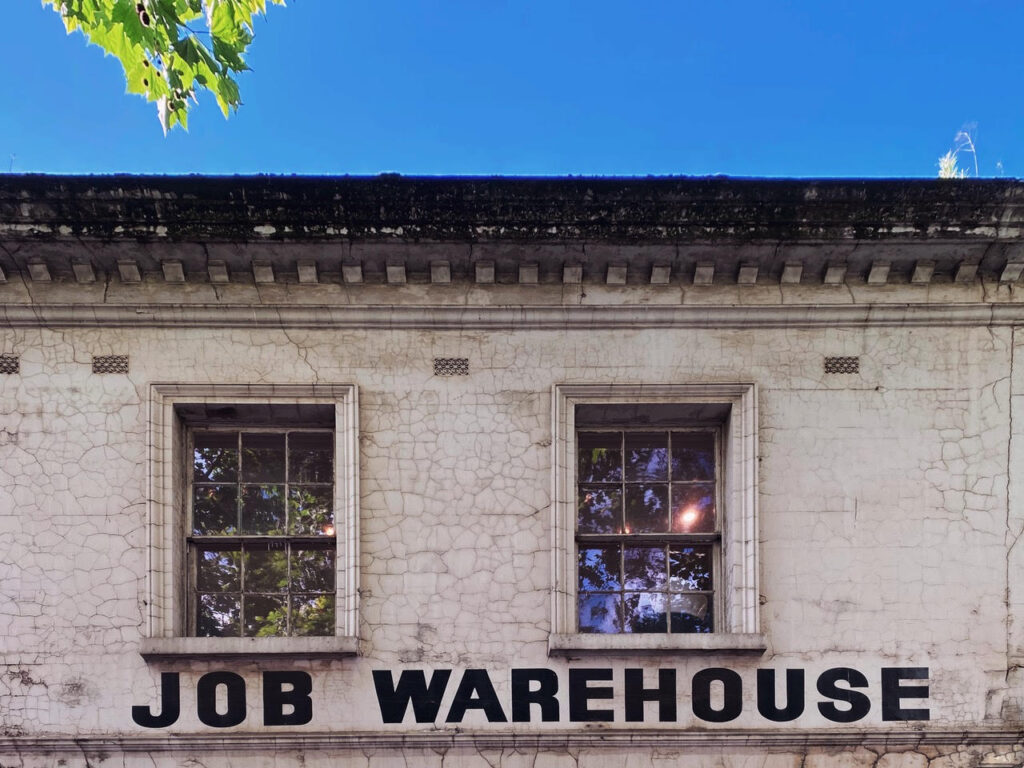
2. The Yarra Coffee Palace
In a town and society that places a premium on good coffee, it’s illuminating to be reminded that this obsession with caffeine did not begin in the 1980s, or even 1950s with the arrival of Europeans seeking a better life.
Melbourne was the richest city in the world at the height of the gold rush in the 1850s. It was then that the coffee palaces began to appear and even more were built in the 1890s. There’s an amazing example still sitting proudly in Stephens Street, Yarraville. It’s now a residence, but its grandeur lives on.
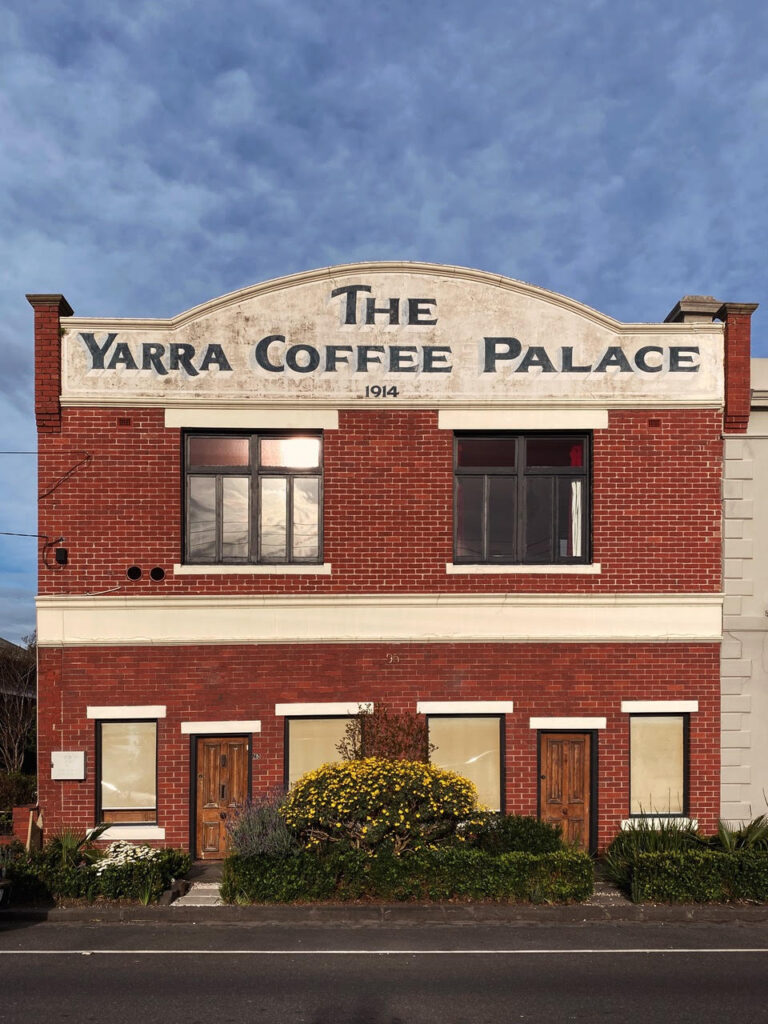
3. Four’n Twenty Pies
Remember the old ad for Holden cars? We love football, meat pies, kangaroos and Holden cars? Well the cars are no longer manufactured here and kangaroos are rarely sighted, but footy and meat pies still rank high in our cultural preferences.
Perhaps the most famous brand of all was Four ‘n Twenty, named after the blackbirds in the nursery rhyme. This iconic brand was actually owned by US interests for a short while, but then returned to Australian ownership under the Patties Group – which has since been purchased by a Hong Kong-based company. It now serves vegan pies as well. C’est la vie! However, the faded sign in Dundas Street, Albert Park, is 100% locally owned.
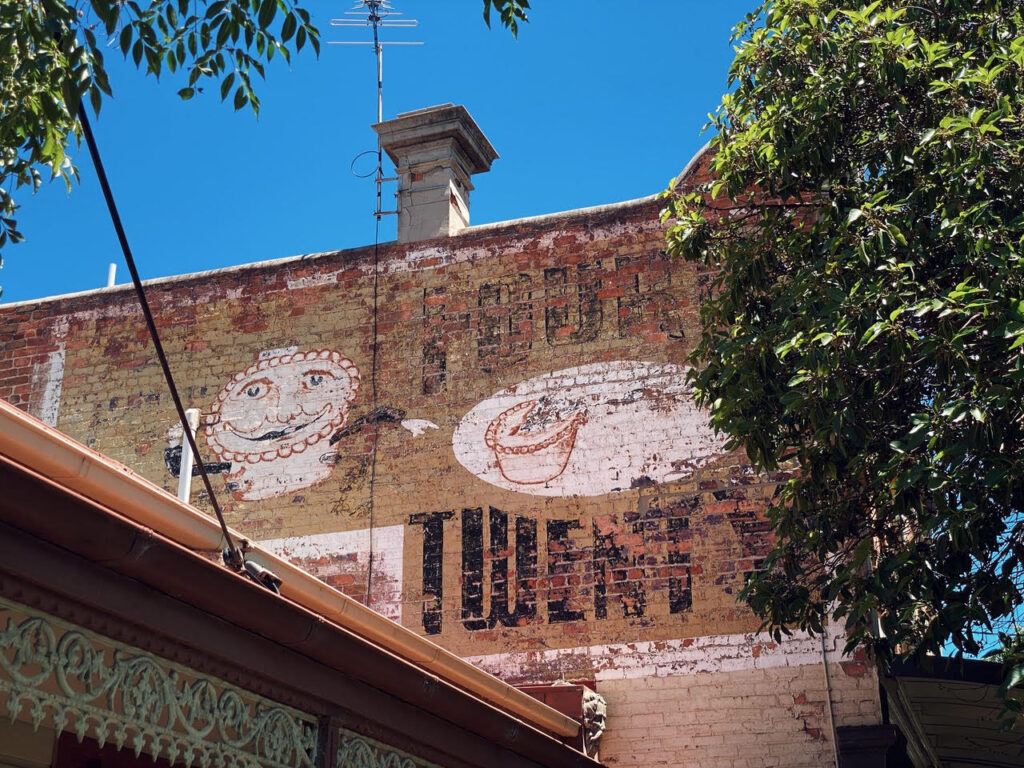
4. Miss Watson’s Motor Garage
Who was Miss Watson and what made her start up a garage in Burke Rd, Kew when it was hardly a desirable profession for a young lady? Most young ladies of the day had no clue what happened under the bonnet.
Born in 1916, said Myra Dawn Watson was a horse racing champion as well as a chauffeur and mechanic. Her first garage was a joint venture with Miss Hilda Pickford in Armadale. Her second was the one seen here in Kew.
She left this business in 1935 and enjoyed many motoring adventures until her death in 1968, from a heart attack whilst behind the wheel! Shades of Phryne Fisher here?
5. War Savings – Armadale
This last sign particularly intrigues me – Sean has not included an exact location, but it’s in my own neighbourhood and the story behind it makes me determined to seek it out!
The ‘War Savings’ movement was a Federal government initiative to encourage citizens to support Australian service people fighting in World War Two in various parts of the globe. It’s a call to be frugal, to purchase war savings stamps and to start a street ‘war saving’ group. It’s a simple sign which represents a global conflict and the large and small attempts to achieve victory.
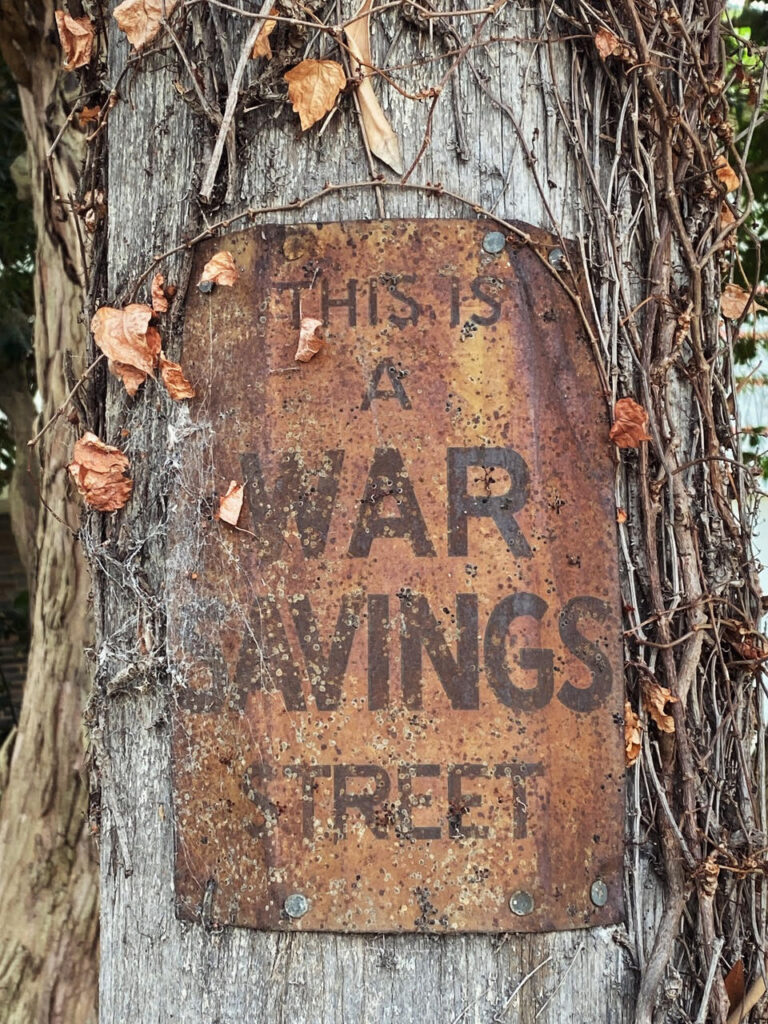
As well as being an historian, writer and author, Sean now describes himself as a cultural archaeologist. You can follow Sean on Instagram @melbourne_ghostsigns or purchase his book, Melbourne Ghost Signs, online or at your favourite bricks and mortar bookshop.
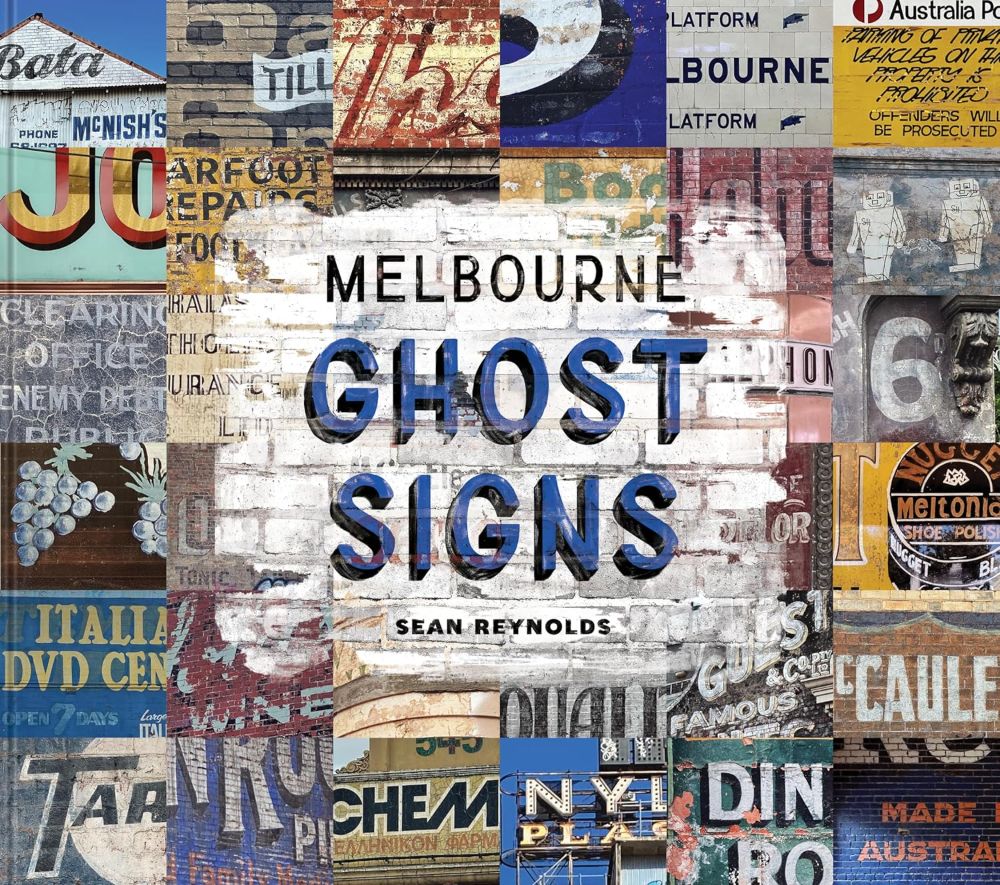
Heading off on your own Melbourne adventures? Join our Facebook Group and share your stories, ask questions and connect with others for further inspiration.
This post contains affiliate links. At no extra cost to you, I may earn a small commission if you click on a link and make a purchase.
